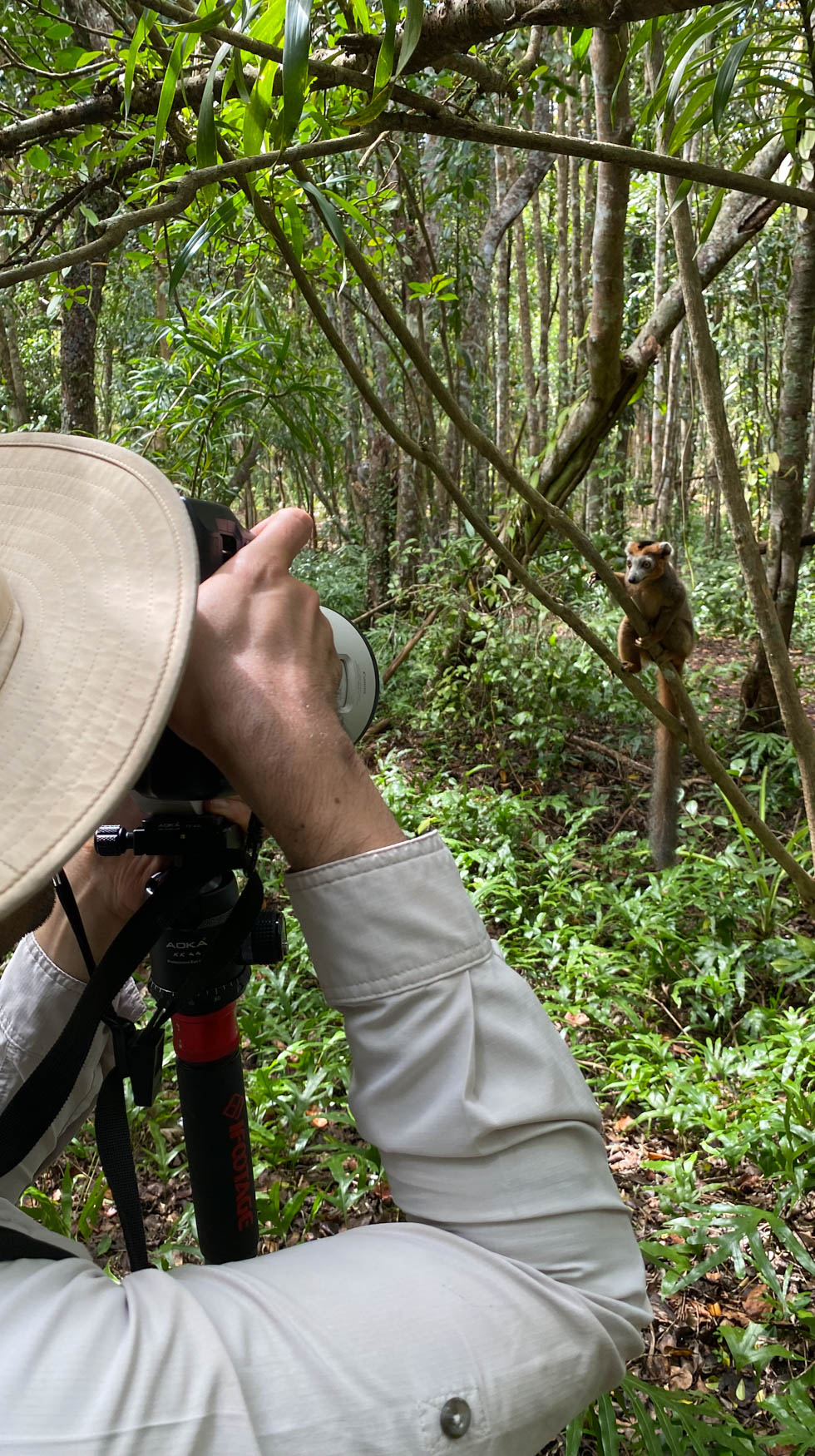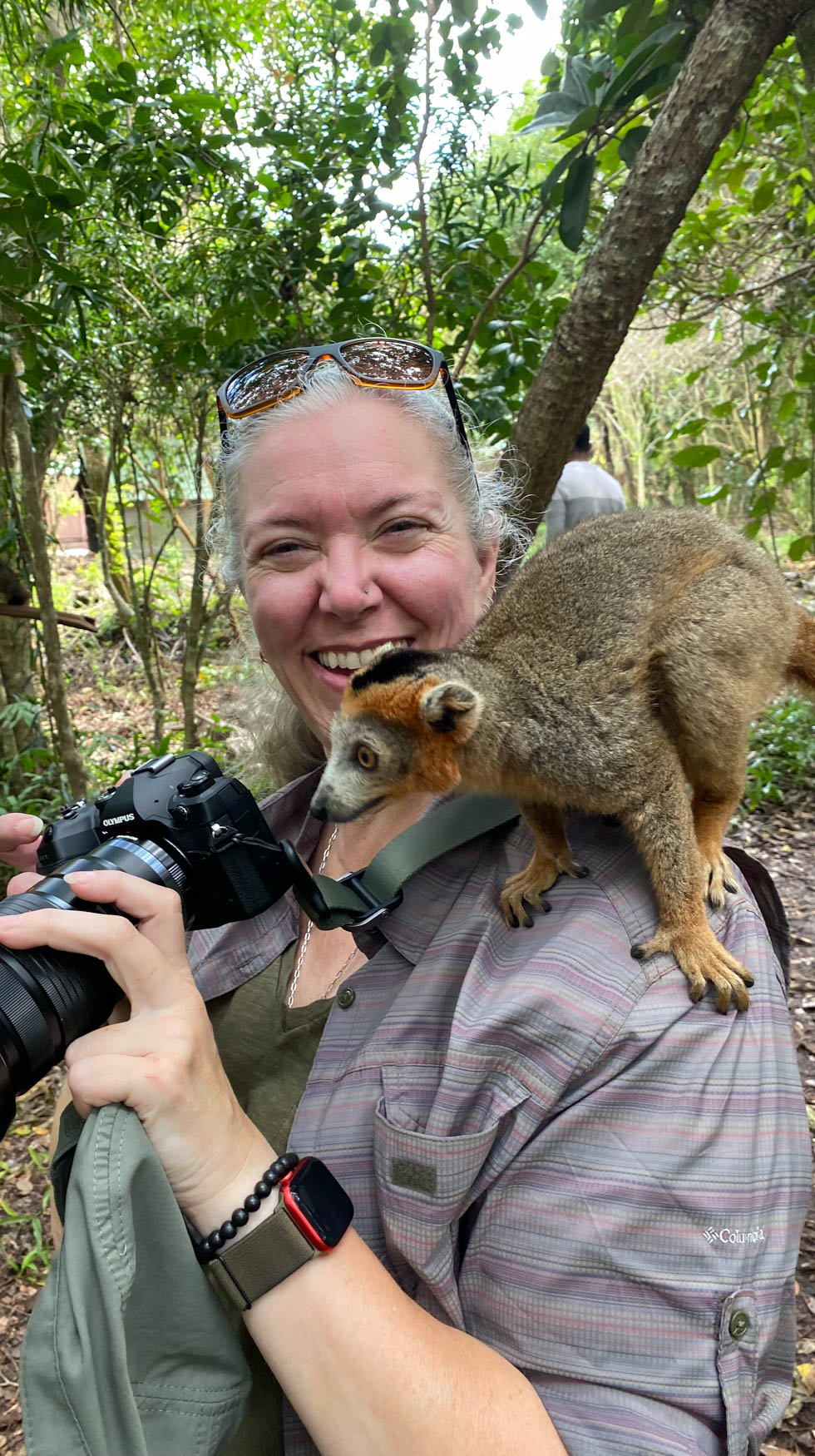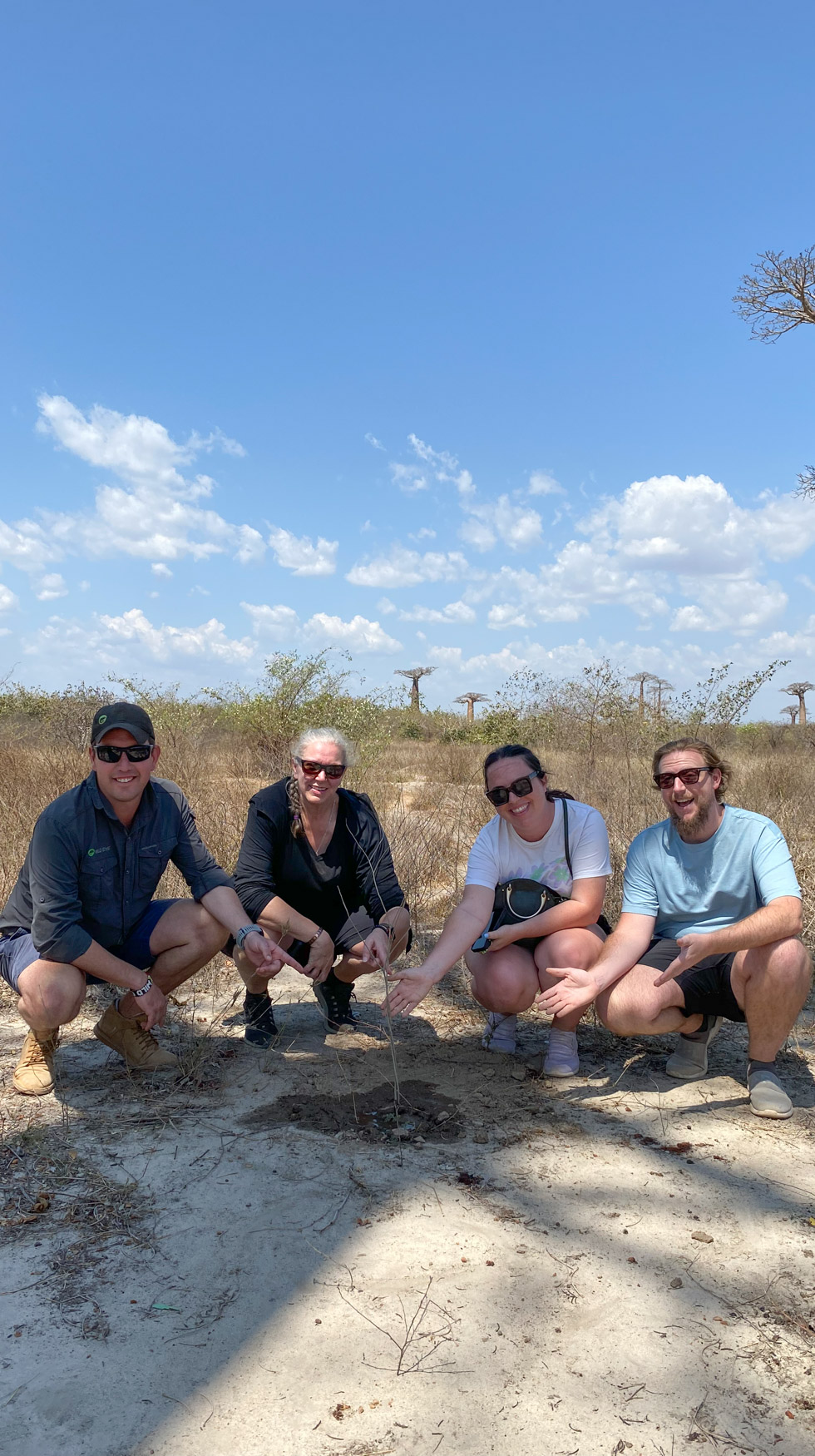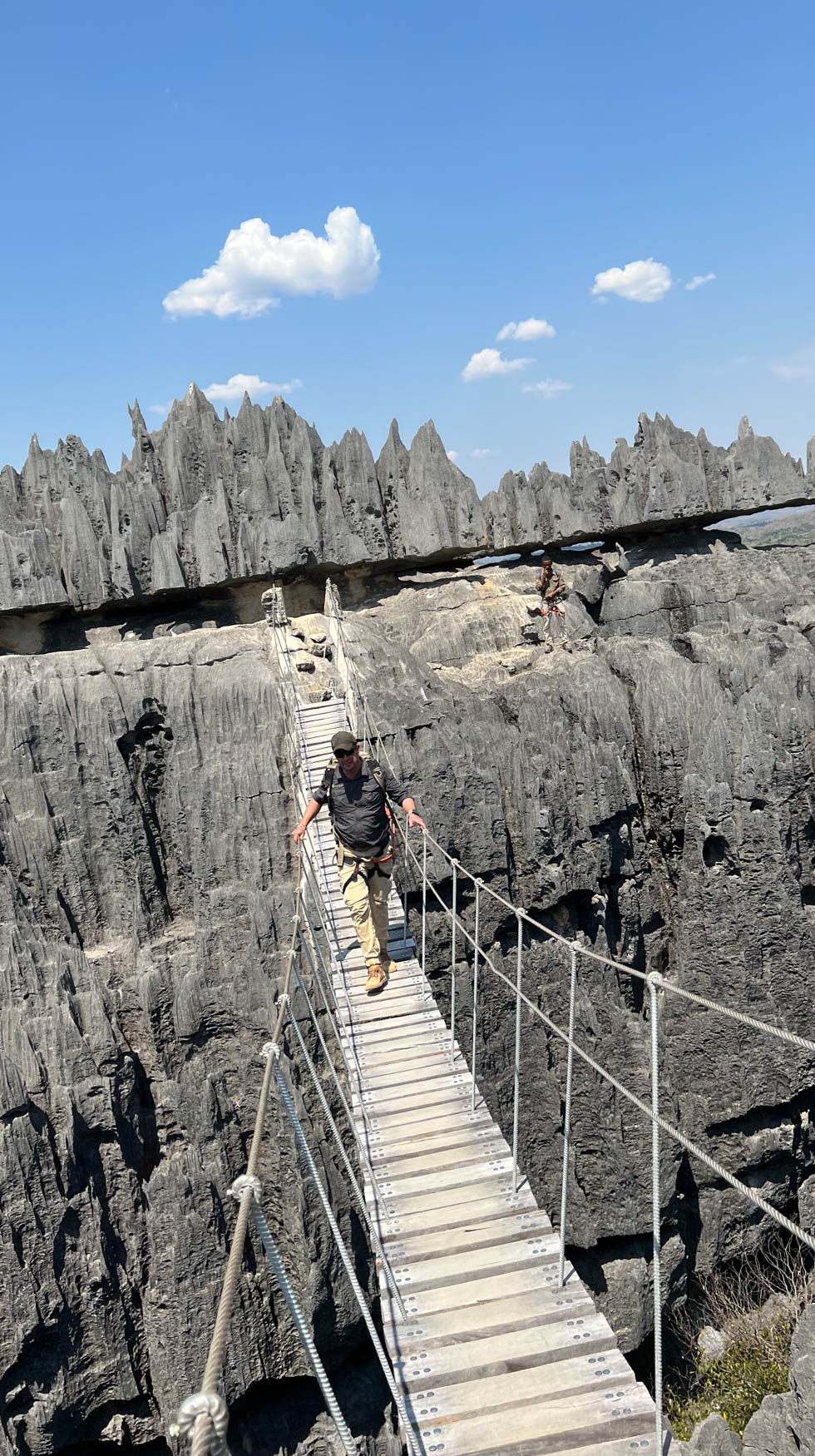Madagascar is a hidden paradise that is not necessarily on every photographers top list, but having just returned from this magical island I really think it needs to be given more consideration.
The great thing about Madagascar and a big drawing card for me personally is that you get to view and photograph animals that are endemic to Madagascar and not naturally found anywhere else in the world.
Our first stop was Mantadia Lodge, an easy 4 hour drive from Antananarivo through the winding roads and rural areas of Madagascar.
During our time in Mantadia we explored two reserves, Mantadia National Park and Perinet Reserve. Mantadia is considered primary forest with large trees and high canopies, making the lemur viewing a little harder than other parks. Perinet, being more secondary forest, has smaller trees and lower canopies and is a great place to see Diademed Sifaka. Apart from lemurs, both parks are great for seeing smaller creatures of all shapes and sizes and being able to walk through the forest truly is a spectacular experience.


After our three nights at Palmarium we returned to Antananarivo to prepare for our early morning flight towards the western town of Morondava for the second part of our Best of Madagascar tour which was largely focussed on landscapes.
Our first of two stops was at the Palissandre Resort in Morondava and the gateway to the famous Allee des Baobabs. Some of the most famous images coming out of Madagascar comes from here so we wasted no time in getting there the first afternoon to enjoy the sunset over this magnificent view of Baobabs, some of which are close to a 1000 years old.
There are some great souvenirs that can be purchased from the locally owned shops and there is even an opportunity to plant your own Baobab (yes of course we had to do it) at a small fee.
Our second stop took us to Tsingy Bemaraha National park which is listed as a UNESCO World Heritage site.
This geological wonder is a monument of karst limestone that comprises karstic landscapes and limestone uplands cut into impressive ‘tsingy’ peaks and a ‘forest’ of limestone needles, the spectacular canyon of the Manambolo River, rolling hills and high peaks. The undisturbed forests, lakes and mangrove swamps are the habitat for rare and endangered lemurs.
Climbing up these peaks requires an element of fitness and strength as well as a lack of fear for heights (of which I had plenty of but made it work). The walk took us about 2 hours up and then another 2 hours down however, the view is most certainly worth it. How many people can say they've done it anyway right? It's a must do in my opinion and once back at the camp you can kick your feet up, enjoy a cold Gin & Tonic and feel a sense of accomplishment.


The Madagascar trip definitely opened my eyes once again to the beauty that we have in the world, but it was also a timely reminder of the extremely poor areas that a lot of countries are faced with, many of whom are depend on tourism to survive, which makes it even more important for us to showcase these magnificent areas to the entire world so that it can be protected and cared for for future generations to enjoy.
Johan
Best of Madagascar
Madagascar is a dream destination for outdoor enthusiasts and nature photographers with half the fun being getting to all the diverse attractions. Lemurs, baobabs, rainforests and deserts – few places on Earth offer such an intense and uniquely diverse kaleidoscope of nature.
Private Guided safari
A private guided experience is centered around you & your enjoyment. You’ll travel in the company of a professionally qualified Wild Eye guide for the entire duration of the tour. It’s private and exclusive and therefore offers you the opportunity to enjoy the thrill of being on safari to the fullest, all whilst being in the company of a guide and host whose sole purpose is to ensure that you are taken care of beyond your expectation, from start to finish.
